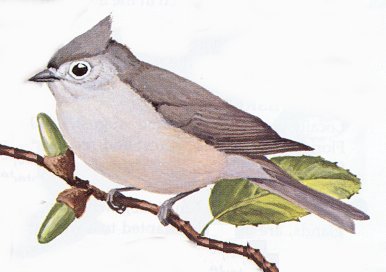
|
Seasonal Changes in Bird Territoriality - Page 2 Black-capped, Carolina, and Chestnut-backed Chickadees are good examples of birds with seasonal changes in spacing behavior that you can easily witness in your own backyard. During the breeding season these three species are highly territorial. Pity the individual bird who wanders into a neighbors' area -- the greeting will be the entire belligerence a tiny bird can muster. In the fall, however, the local birds that were so intolerant of one another in spring now seek out company. The birds join in a foraging flock that includes adults as well as the young that hatched during the summer. Other species also may join in, such as Plain Titmouse on the West Coast or Tufted Titmouse in the East. Bushtits, Ruby-crowned Kinglets, and even Downy Woodpeckers may drift along as well, forming mixed-species flocks that forage together.Come spring, the old intolerance reappears. The first sign usually comes in late winter, when males begin singing near their old territories on sunny days. Pairs begin dropping out of the flock. Instead of ten chickadees coming to your feeder, only two appear. The flock soon dissolves, and individual pairs stake out their old territories. Back to Seasonal Territory Page 1 |
| Plain Titmouse | |